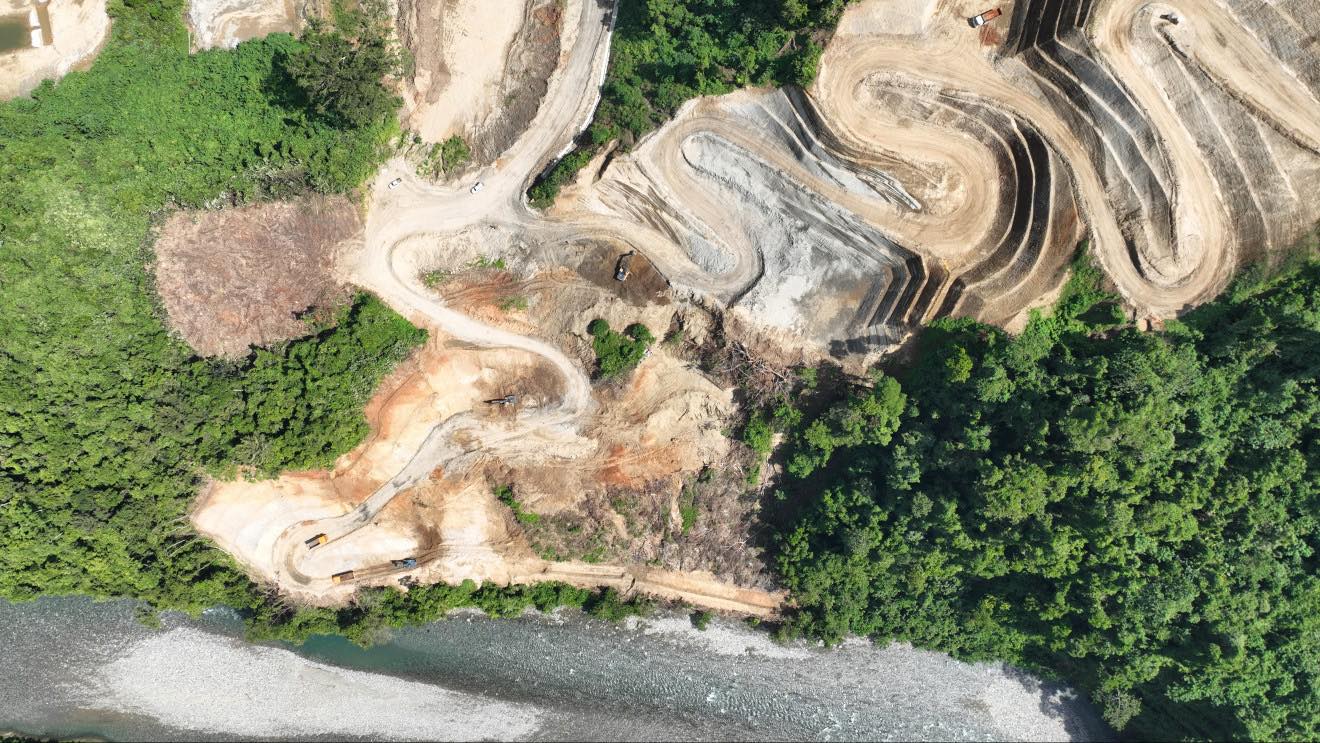

By William Kadi
Columnist
Much debate and public perception have been shared over the years about Solomon Power’s challenges in keeping customers happy and their capacity to meet market demands of electricity.
This week is no different as the State-Owned Enterprise struggled to supply the market which resulted in electricity rationing by way of load-shedding.
It requires technical know-how to understand and analyze how an electricity market works – the economy of the market, wholesale and retail markets, trade and competition, the supply chain of petroleum and key power brokers in the chain, and it gets even more complicated into the details of the wholesale and retail market.
To not bore you of all the technical details, the market operates with the simple principle of demand and supply and there is no one-size-fits-all model.
Each electricity market have its own challenges and opportunities.
In an ever-changing tech-driven, or should I say pressured, and continuously growing market landscape, Solomon Power is faced with many challenging and compromising priorities.
Policies setting targets to transition into 2050 as a net zero across all sectors – still a wish list; introduction of more renewable sources – still a wish list; opening up the electricity market and taking away majority of the roles currently performed and held dear to its heart by Solomon Power – still a conflicting profit-service break up paradigm between the SOE and its creator, the government.
These two: the creator (government) and its creation (Solomon Power), tested out the initial break-up story through the much-hyped Tina Hydro project, facilitated by the deal-breakers (international lenders). The results? Not according to plan!
Tinahydro’s brief project timeline can be found here. This project timeline may change, but hopefully not, so that we can witness it come online in the next 2 years.
The biggest prop for Tinahydro is that it sets the pace for small-sized scalable renewable energy project to be added into the energy mix – which by far is the biggest in Solomon Islands.
However, for this article, the focus is on the pros and cons of renewable energy. Our analysis will be brief with reference to Tina Hydro.
To keep you from yawning, let’s dive in – just briefly to the pros and cons of renewable energy.
Few pros of Tina Hydro are:
- Energy security – For a simple logic, it is believed that utilizing nature-based sources of energy such as a hydro system reduces the reliance on foreign energy sources and lowers the risk of an energy break-down in circumstances where supply chains are disrupted by events such as war or in a situation like the pandemic Covid-19.
- Energy affordability – Because generation is renewable and locally sourced, it is anticipated to lower the electricity price and encourage competition with Solomon Power’s fossil-fuel based generation, while having a steady supply.
- Energy efficiency – The customer will get a desired service (domestic, transport, industrial) using less primary energy (harvested directly from its natural source such as solar and hydro) which are more sustainable and believed to save money.
Some cons of Tina Hydro are:
- High upfront cost – The costs of developing Tinahydro are so high. Financing arrangements with lenders are complex and still demand additional financing. This builds up the risk of whether it can recoup within the expected time frame signed between the government and the developers before transferring the ownership to the government – these initial arrangements may have to be adjusted based on estimates of break-even and profitability which are now disrupted with the ongoing delay of when the project could have come online – and that we do not for certain.
- Intermittency and the characteristics of electricity – Renewable energy sources are intermittent, and storage is one of the biggest challenges. Also, electricity has to be used when it is produced, otherwise the capacity generated at one particular time is wasted. Its special nature is different from any other product given that it is also a high-risk product to store and manage.
- Geographic limitations – The blessings of having a country so spread out geographically is a pain for electricity connectivity and transportation. Even for Tina Hydro, the challenge of having to deal with access arrangements for the transmission and distribution of electricity from the source to the main grid in Honiara, contributes a lot to the challenges that developers had to face when investing in hydro systems – compared to major solar pv systems which may be more appropriate when scaled to supply a bigger portion. Besides, renewables are not always 100% carbon as we would expect or are taught to believe.
With these brief discussions, the next important factor to evaluate is how renewable will be added into the energy mix and how it will complement the traditional energy source – imported fossil fuel.
As a snapshot, the regulatory barriers present in the electricity market for Solomon Islands is ridiculous and the consequences which customers face everyday speaks volumes about the gap of demand and supply.
What are these regulatory barriers then?
The absence of a clear framework for independent power producers (IPP) and the scope of the licensing scheme for IPPs with the designated terms and conditions, is one of the biggest barriers. Contracts – in some markets’ concessional contracts between governments and the utilities to provide electricity for a stipulated period of time, these also create barriers for market entrants.
In the next article, we will look briefly on regulatory barriers in Solomon Islands – together with some perspectives about market barriers.
Photo: Tina Hydro Project/Facebook

